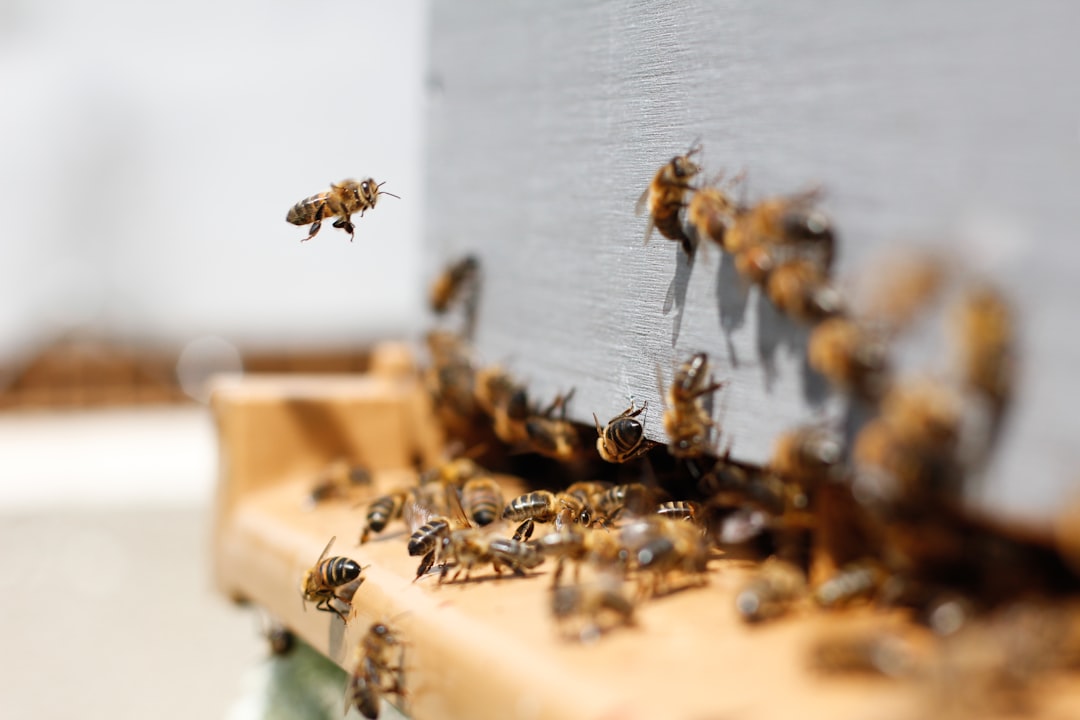What is it about?
How new species are formed is key to our understanding of evolution and biodiversity. We studied the genetics of natural hybrids in frogs and toads to characterize the timeframe and the number of genes responsible for the setup reproductive isolation.
Featured Image

Photo by Alexas_Fotos on Unsplash
Why is it important?
Using extensive phylogeographic and genomic comparative analyses, we could show how reproductive isolation progresses gradually over time and builds up by the cumulative effects of numerous barrier genes with small effects (rather than large effect genes). The results also challenge classical assumptions regarding the role of sex chromosomes in accumulating these genes. This provides cues as to why species formation in amphibians is rather slow compares to other vertebrate groups.
Perspectives
The study illustrates how the formation of new species is not a spontaneous but a gradual and potentially long process, with emphasis on a narrow grey zone in which lineages are borderline between remaining conspecific subspecies or becoming reproductively isolated species. This framework should contribute more universal answers to some never-ending debates regarding the definitions of species and the criteria to delimit them i.e. where to put the line between species and subspecies. The peculiar sex chromosomes of frogs also offer perspectives to dissect the proximate mechanisms actually causing the genetic incompatibilities in hybrids.
Christophe Dufresnes
Nanjing Forestry University
Read the Original
This page is a summary of: Mass of genes rather than master genes underlie the genomic architecture of amphibian speciation, Proceedings of the National Academy of Sciences, August 2021, Proceedings of the National Academy of Sciences,
DOI: 10.1073/pnas.2103963118.
You can read the full text:
Contributors
The following have contributed to this page










